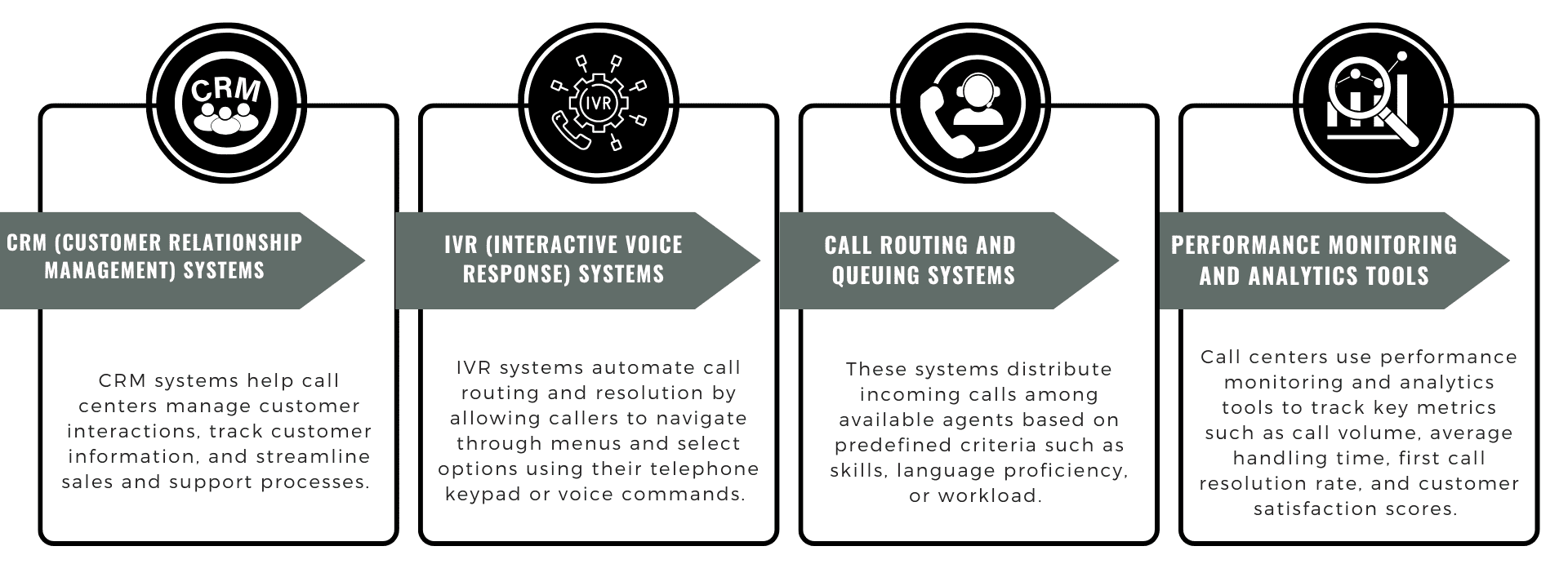How BPO impacts small businesses' cost reduction?
What is Outsourcing?
Business process outsourcing (BPO) enables small businesses to optimize processes, increase productivity, and significantly reduce costs. By implementing third-party service providers’ experience and resources, small companies may focus on innovation and growth while remaining competitive in an ever-changing business.
Outsourcing involves contracting tasks, processes, or services to external vendors rather than handling them in-house. These tasks can range from customer support and IT services to manufacturing and back-office functions.
COST ANALYSIS:
- Labor Costs: Outsourcing certain tasks can reduce the need for in-house staff, saving on salaries, benefits, and training expenses.
- Infrastructure Costs: By outsourcing, small businesses can avoid investing in expensive infrastructure, such as office space, equipment, and software.
- Operational Costs: BPO can lead to savings in operational expenses like utilities, maintenance, and office supplies.
Benefit Analysis:
Business Process Outsourcing (BPO) has become a prevalent strategy for small businesses aiming to streamline operations and reduce costs. However, before deciding on outsourcing, it’s crucial to conduct a cost-benefit analysis to assess its potential impacts.
- Focus on Core Activities: Outsourcing non-core functions allows small businesses to focus more on their core competencies and strategic initiatives.
- Access to Expertise: BPO enables access to specialized skills and expertise that may not be available in-house, leading to improved quality of work.
- Scalability: Outsourcing provides scalability, allowing businesses to expand or contract operations based on fluctuating demand easily.
Business Process Outsourcing can significantly impact small businesses‘ cost structure and operational efficiency. Conducting a thorough cost-benefit analysis helps make informed decisions, ensuring that outsourcing initiatives align with business objectives while delivering tangible benefits in cost savings, improved quality, and scalability.
How BPO significantly impact cost reduction for small businesses?
By outsourcing tasks such as customer service, IT support, or accounting, small businesses gain access to specialized skills without the need to hire full-time employees.
Outsourcing tasks like data entry, payroll processing, or human resources administration can significantly reduce the need for additional office space, equipment, and infrastructure. Small businesses can redirect resources towards core activities, leading to cost savings.
BPO providers offer flexible pricing models, such as pay-per-use or subscription-based plans, allowing small businesses to scale services according to their needs and budget.
Businesses can better implement resources by assigning time-consuming work to BPO providers, enhancing productivity and cost savings.
BPO providers often have robust risk management systems to ensure service continuity and data security. Small businesses can leverage the expertise of BPO vendors to mitigate risks associated with regulatory compliance, cybersecurity, and operational disruptions.
As small businesses grow and develop, their demands change. BPO provides scalability and agility, allowing businesses to respond rapidly to changes in demand without incurring the fixed expenses associated with internal operations.
BPO opens up opportunities for small businesses to tap into a global talent pool. With the ability to outsource tasks to skilled professionals located anywhere in the world, businesses can benefit from cost-effective labor rates while still maintaining high-quality standards.
Is the BPO business profitable?
Business Process Outsourcing (BPO) has become a significant industry globally, providing various services to businesses ranging from customer support to finance and accounting. However, the profitability of venturing into the BPO sector is a common question among entrepreneurs.
Factors Influencing Profitability:
- Cost Efficiency: BPO allows companies to reduce operational costs by outsourcing non-core functions to regions with lower labor costs. This cost-saving can enhance profitability.
- Scalability: BPO services can be scaled up or down according to the client’s needs. This flexibility enables businesses to manage their expenses efficiently, especially during fluctuating demand periods.
- Access to Expertise: BPO providers often specialize in certain processes, providing access to skilled professionals and advanced technologies that may not be available in-house. This expertise can improve operational efficiency and, ultimately, profitability.
- Market Demand: The demand for BPO services is influenced by global economic conditions, technological advancements, and industry trends. Understanding market demand is crucial for sustaining profitability in the BPO business.
- Competition: The BPO industry is highly competitive, with numerous service providers vying for clients. Maintaining a competitive edge through innovation, quality service delivery, and cost-effectiveness is essential for profitability.
Potential Challenges:
- Quality Control: Maintaining consistent quality across outsourced processes can be challenging, impacting client satisfaction and retention.
- Operational Risks: BPO operations may face risks such as data security breaches, regulatory compliance issues, and geopolitical instability in outsourcing destinations.
- Currency Fluctuations: BPO firms operating across borders are exposed to currency exchange rate fluctuations, affecting revenue and profitability.
How does call center make profit?
Call centers profit by efficiently managing call volume, adhering to SLAs, providing quality service, and leveraging technology to enhance productivity and customer satisfaction. While they primarily focus on customer satisfaction, they also operate as profit centers through efficient management and a strategic system.
SYSTEMS EMPLOYED IN CALL CENTERS
Call centers utilize various systems and processes to maximize efficiency and profitability:

Call centers are essential hubs for customer service, sales, and support for various businesses. Their profitability hinges on several key factors:
- Volume of Calls: Call centers typically charge clients based on the volume of calls. The more calls they manage efficiently, the more revenue they generate.
- Service Level Agreements (SLAs): Call centers often operate under SLAs with clients, promising to maintain certain standards such as average wait time, call resolution time, and customer satisfaction rates. Meeting or exceeding these SLAs can result in bonuses or continued cohttps://www.prominentoutsource.com/outsourcing-is-suitable-for-business-and-start-up/ntracts, enhancing profitability.
- Outsourcing Services: Many call centers offer outsourcing services, allowing businesses to streamline operations by delegating customer support or sales functions. This generates revenue for the call center through service fees.
- Upselling and cross-selling: In sales-oriented call centers, agents are trained to upsell or cross-sell products or services to customers during interactions. This additional revenue contributes to the call center’s profitability.
- Efficiency and Cost Management: Operational efficiency and cost management also influence profitability. Call centers strive to optimize resources, minimize downtime, and control overhead costs to maximize profit margins.
- Quality Assurance: Providing high-quality service is crucial for retaining and attracting new clients. Call centers invest in training, technology, and quality assurance measures to ensure customer satisfaction, leading to repeat business and referrals.
- Technology Utilization: Leveraging advanced technology such as automated call routing, interactive voice response (IVR) systems, and customer relationship management (CRM) software enhances productivity and efficiency, ultimately driving profitability.
- Diversification of Services: Some call centers expand their service offerings beyond traditional phone support to include channels like email, chat, and social media. Diversification broadens the client base and revenue streams, boosting profitability.
In conclusion, call centers generate profit through service contracts, per-call charges, value-added services, efficiency improvements, upselling/cross-selling, maintaining long-term client relationships, and effective cost management strategies. Call centers can thrive in today’s competitive business environment by providing high-quality service and continuously optimizing operations.




